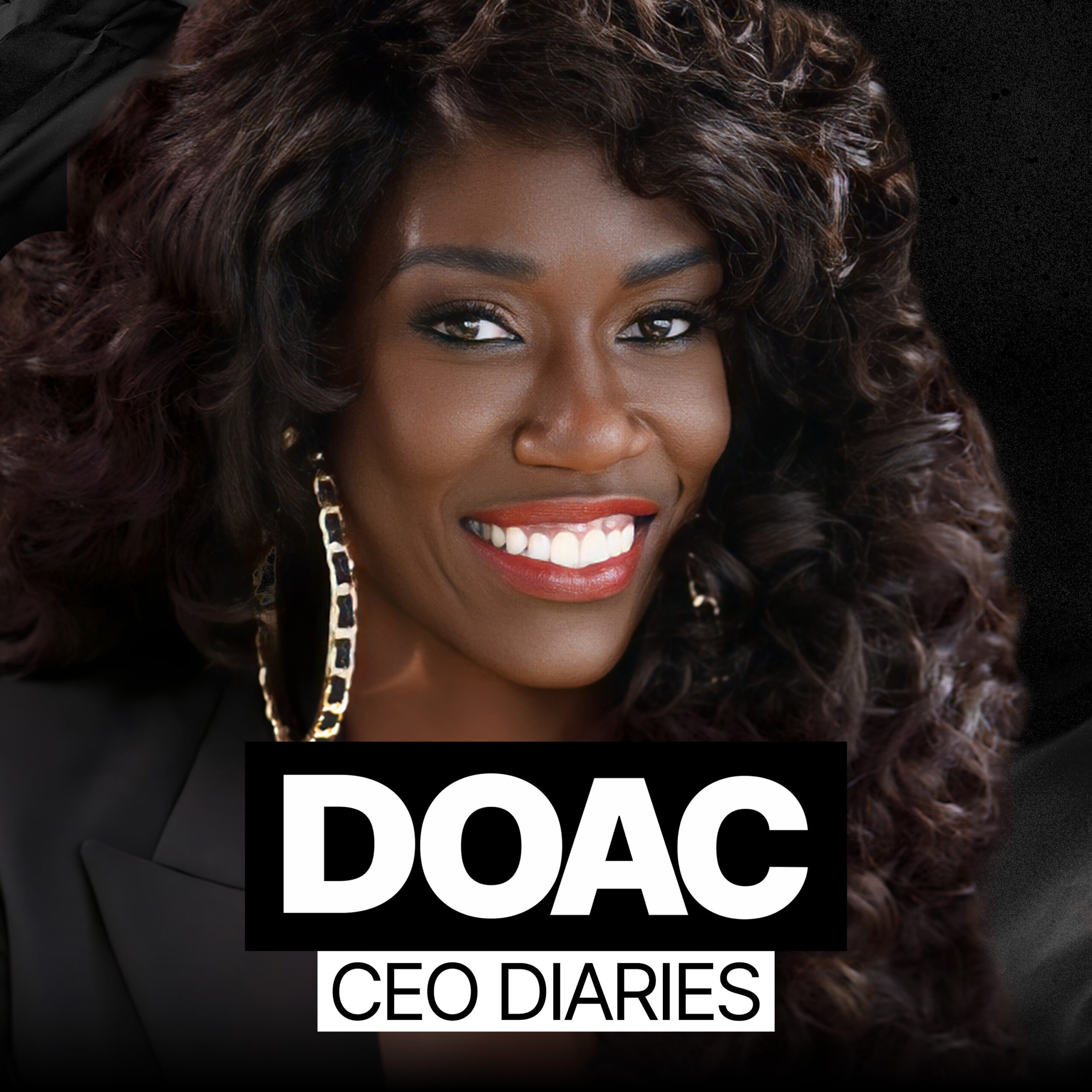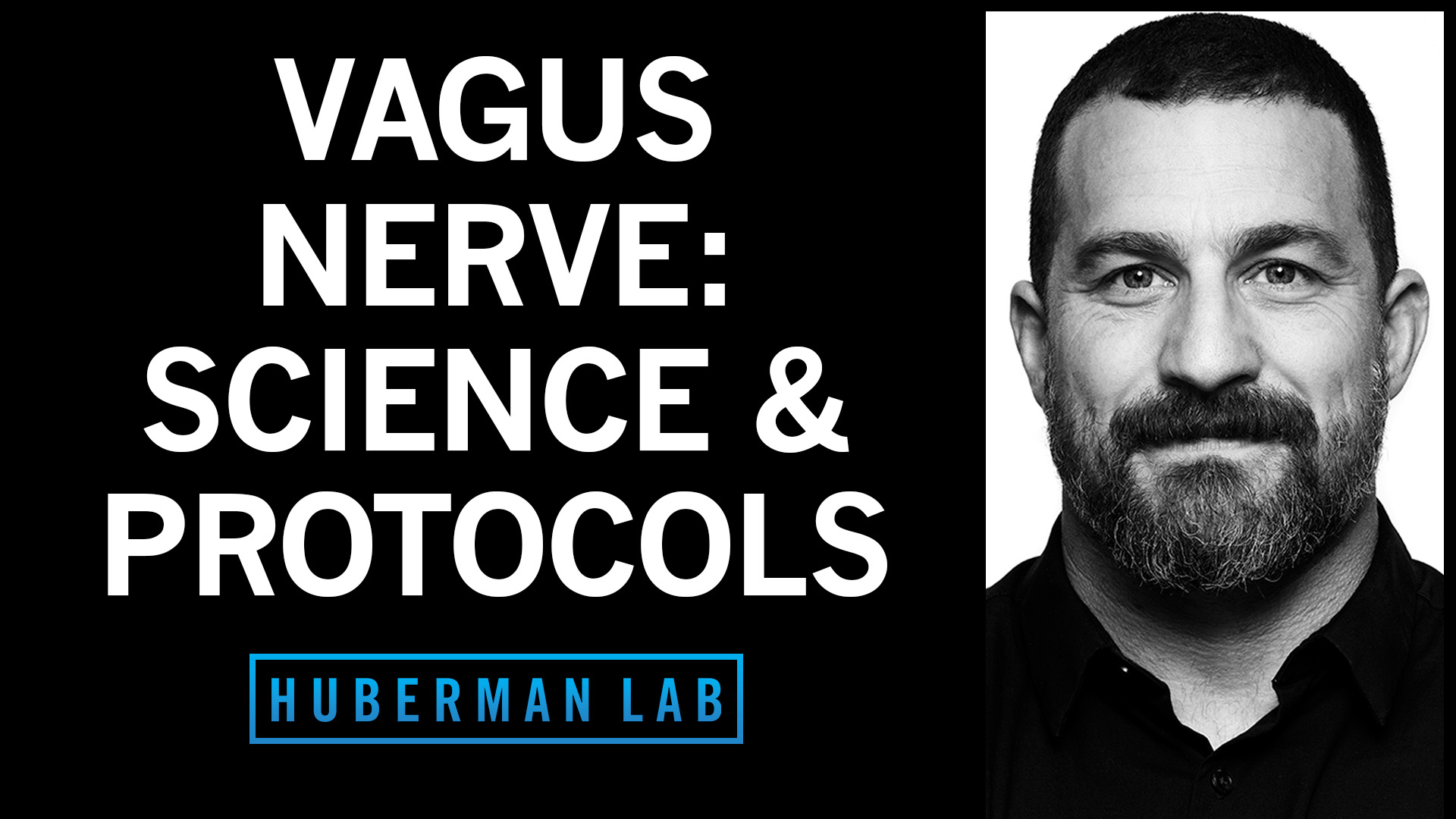.lightweight-accordion { border: 1px solid #ccc; border-radius: 4px; margin: 10px 0; } .icon-container { display: flex; ...
Bozoma Saint John’s story isn’t just about leading the world’s biggest brands – it’s about surviving unimaginable loss, breaking every “career rule,” and ...
When life doesn’t unfold the way we hoped, it can be tempting to see that as failure. But what if it was those moments that actually shape us the most? This ...
.lightweight-accordion { border: 1px solid #ccc; border-radius: 4px; margin: 10px 0; } .icon-container { display: flex; ...
.lightweight-accordion { border: 1px solid #ccc; border-radius: 4px; margin: 10px 0; } .icon-container { display: flex; ...
.lightweight-accordion { border: 1px solid #ccc; border-radius: 4px; margin: 10px 0; } .icon-container { display: flex; ...
.lightweight-accordion { border: 1px solid #ccc; border-radius: 4px; margin: 10px 0; } .icon-container { display: flex; ...
.lightweight-accordion { border: 1px solid #ccc; border-radius: 4px; margin: 10px 0; } .icon-container { display: flex; ...
中文 Tiếng Việt .lightweight-accordion { ...
From 6 years in isolation to sounding the alarm, Buddhist Gelong Thubten reveals the hidden epidemic no one is talking about with Stress, Depression, Buddhism, ...
.lightweight-accordion { border: 1px solid #ccc; border-radius: 4px; margin: 10px 0; } .icon-container { display: flex; ...
.lightweight-accordion { border: 1px solid #ccc; border-radius: 4px; margin: 10px 0; } .icon-container { display: flex; ...
- « Previous Page
- 1
- …
- 52
- 53
- 54
- 55
- 56
- …
- 576
- Next Page »




